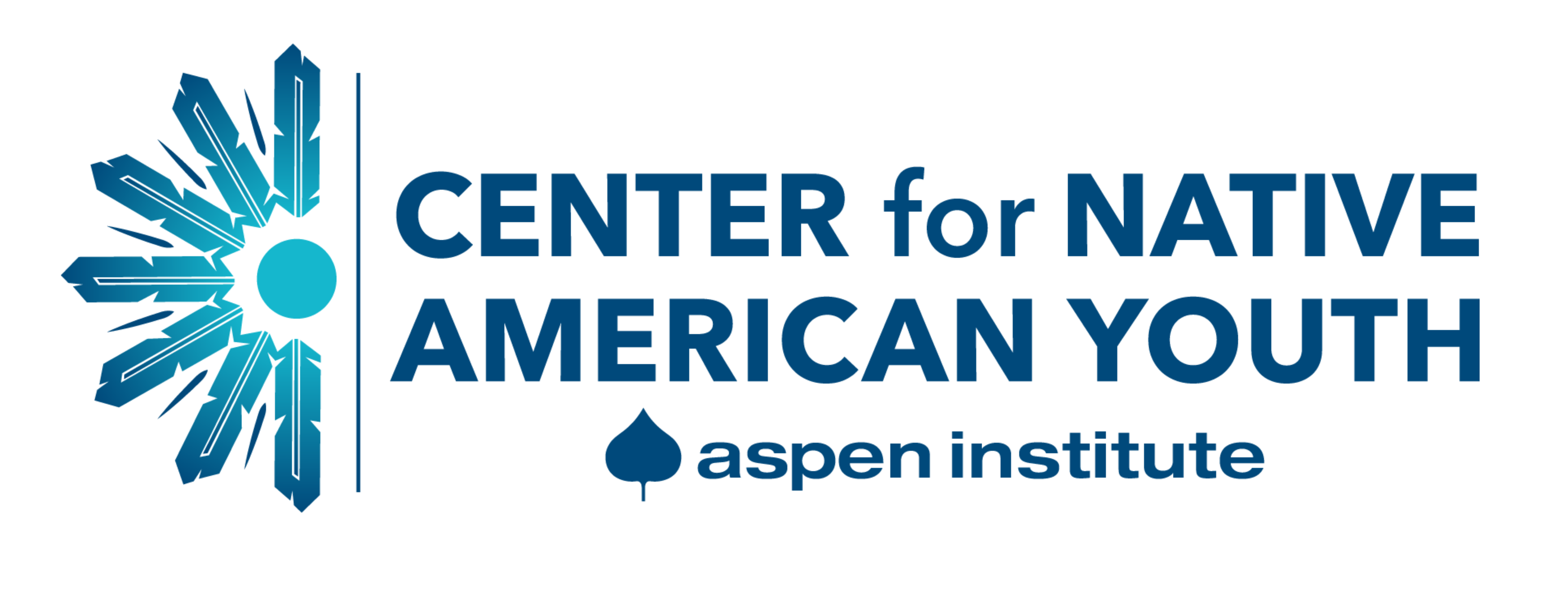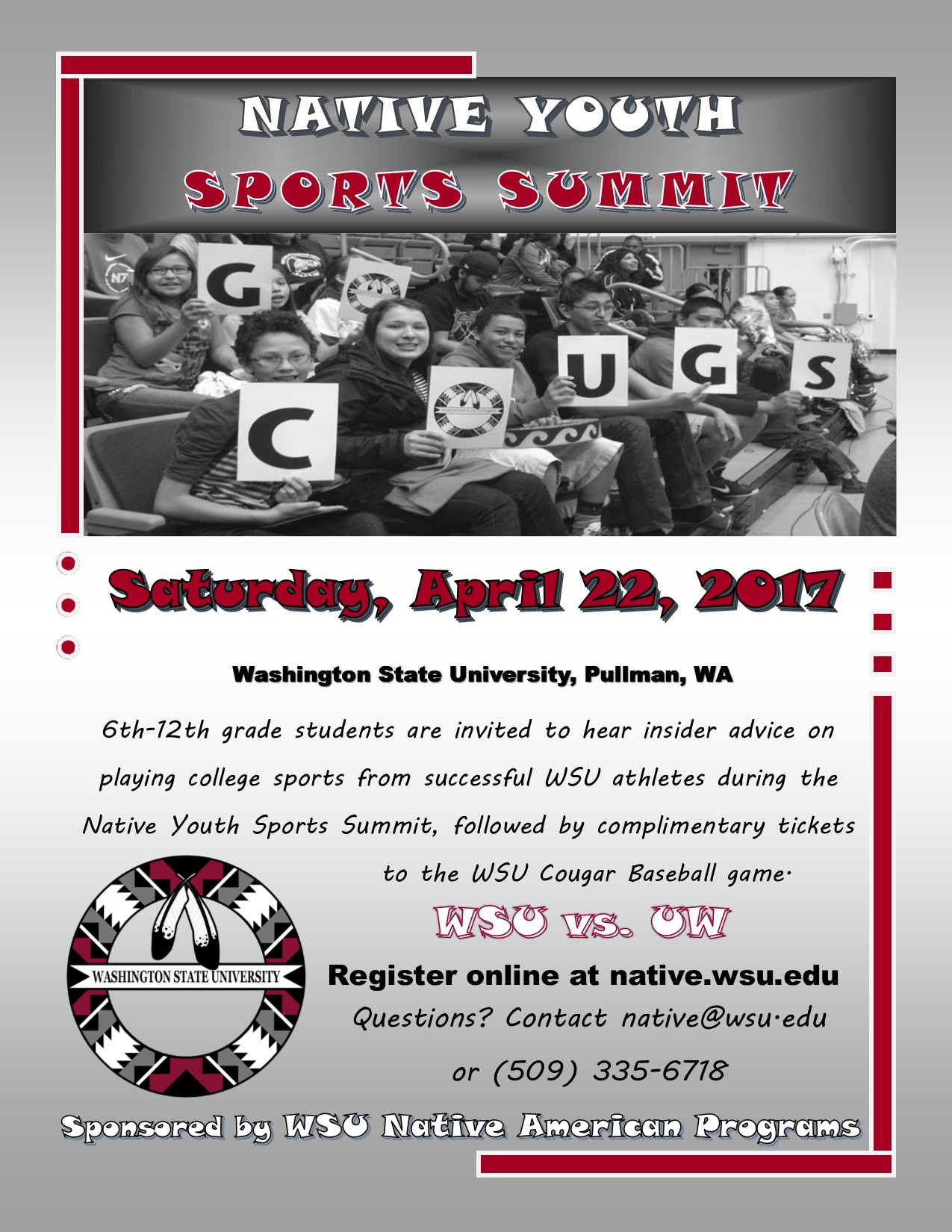
Seeds of Sovereignty: How Native American Youth Programs Are Rebuilding Futures and Revitalizing Cultures
In the vast, diverse tapestry of the United States, a quiet revolution is unfolding within Indigenous communities. It’s not one of protest, but of nurturing, teaching, and empowering the next generation. Across reservations, urban centers, and ancestral lands, a burgeoning ecosystem of Native American youth programs is working tirelessly to mend historical wounds, bridge contemporary divides, and cultivate a future rooted in cultural strength and self-determination.
These programs are far more than just after-school activities; they are vital lifelines, designed to address the unique challenges faced by Native youth while simultaneously fostering a profound connection to their heritage. From language revitalization camps to STEM academies, mental wellness initiatives to traditional arts apprenticeships, these efforts are building resilience, leadership, and a vibrant sense of identity in young people who are, as the elders often say, "the future of our nations."

The Lingering Echoes: Why These Programs Are Crucial
To understand the profound importance of these programs, one must first grasp the historical context that necessitates them. Centuries of colonization, forced assimilation, land dispossession, and the devastating legacy of boarding schools have left deep scars. Policies designed to "kill the Indian, save the man" stripped generations of their language, culture, and family connections, leading to intergenerational trauma that manifests in contemporary disparities.
Today, Native American youth often face disproportionately high rates of poverty, limited access to quality education, healthcare, and economic opportunities. They contend with higher rates of suicide, substance abuse, and chronic health conditions compared to their non-Native peers. Compounding these issues is the pervasive issue of cultural erasure and the struggle to maintain traditional languages, many of which are critically endangered.
Yet, amidst these formidable challenges, a powerful spirit of resilience and self-determination thrives. Native communities are not waiting for external solutions; they are building their own, tailored to their unique needs and driven by their inherent strengths.
Reclaiming Identity: The Heart of Cultural Preservation
At the core of many Native American youth programs is the urgent mission of cultural and linguistic revitalization. For centuries, Indigenous languages were suppressed, and traditional practices were outlawed. Now, a renaissance is underway, and youth are at its forefront.
Programs like the Cherokee Nation’s Immersion School in Oklahoma or the Nez Perce Language & Culture Program in Idaho offer intensive language camps and year-round instruction, ensuring that ancient words and worldviews are passed down. Youth learn not just vocabulary and grammar, but the stories, songs, and ceremonies embedded within the language.
"Our language is our identity; it holds our history, our ceremonies, our way of understanding the world," explains Elder Lena Whitefeather, a consultant for a Lakota language camp. "When our young people speak Lakota, they are not just speaking words; they are speaking the spirit of our ancestors. These programs are literally saving our nation, one word at a time."
Beyond language, these initiatives immerse youth in traditional arts – beadwork, basket weaving, pottery, drumming, and dance. They learn ancestral stories, participate in ceremonies, and connect with elders who serve as living libraries of cultural knowledge. These experiences build an unshakeable sense of pride and belonging, counteracting the historical narrative that sought to diminish their heritage.
Empowering Minds: Education and Academic Pathways
Addressing educational disparities is another cornerstone of Native youth programs. Many tribal schools are underfunded, and Native students in public schools often face cultural insensitivity or a lack of relevant curricula. These programs step in to fill the gaps.
Summer bridge programs prepare Native high school students for college, offering test preparation, application assistance, and exposure to university life. Mentorship programs connect younger students with Native college students or professionals, providing role models and guidance. Culturally relevant tutoring centers ensure academic support while affirming students’ identities.
"It’s not just about getting good grades; it’s about seeing themselves as scholars, as leaders, as innovators who can contribute to their communities," says Dr. Sarah Johnson (a composite name), director of a Native American STEM initiative at a major university. "We focus on decolonizing education, showing them that science, technology, engineering, and math are not antithetical to their traditions, but can be powerful tools for tribal sovereignty and community development."
Some programs specifically focus on STEM fields, encouraging Native youth to pursue careers in engineering, environmental science, and healthcare, areas critical for tribal self-sufficiency. Others emphasize civic engagement and leadership development, training young people in advocacy, public speaking, and community organizing, preparing them to lead their nations in the future.
Holistic Healing: Nurturing Mind, Body, and Spirit
Recognizing the interconnectedness of well-being, many programs adopt a holistic approach, addressing mental, physical, and spiritual health. The intergenerational trauma mentioned earlier often manifests as anxiety, depression, and substance abuse. Programs offer culturally informed counseling, talking circles, and traditional healing practices that provide safe spaces for youth to process their experiences and build coping mechanisms.
Outdoor programs, such as traditional hunting, fishing, or plant gathering, not only teach survival skills but also foster a deep connection to the land, which is inherently healing for many Indigenous cultures. Sports leagues, particularly those featuring traditional games, promote physical health, teamwork, and discipline.
"We create a space where they can breathe, where they can be themselves without judgment," shares Michael Standing Bear (a composite name), a youth coordinator on the Pine Ridge Reservation. "For many of our kids, life is tough. Here, they learn that it’s okay not to be okay, and that our traditions offer strength and a path forward. We teach them that resilience isn’t just about surviving; it’s about thriving with purpose."
Building Community: The Power of Intergenerational Connection
A defining characteristic of Native American youth programs is their emphasis on community and intergenerational connection. Unlike many mainstream programs that might isolate youth into age-specific groups, Indigenous initiatives often actively involve elders, parents, and other community members. This mirrors traditional kinship systems where knowledge and support flow freely across generations.
Elders share stories, teach traditional skills, and offer wisdom, while youth bring fresh perspectives, energy, and a willingness to learn. This exchange strengthens family bonds, reinforces cultural values, and creates a supportive network that extends beyond the program’s immediate activities.
"When I was younger, I didn’t really know much about my tribe’s history," says Maya Red Elk, a 17-year-old participant in a leadership academy. "This program connected me with elders who told me stories my textbooks never would. It made me proud to be Lakota, and it made me want to fight for my community. Now, I want to go to law school and work for tribal rights."
Challenges and the Path Forward
Despite their undeniable impact, Native American youth programs face significant challenges. Funding is often precarious, relying on grants that can be short-lived or insufficient to meet the vast needs. Geographic isolation can make it difficult to reach all youth, and the sheer diversity of tribal nations means that a "one-size-fits-all" approach simply doesn’t work. Each program must be uniquely tailored to the specific culture, language, and needs of the community it serves.
However, the resilience of Native communities and the dedication of program leaders continue to drive these initiatives forward. Federal agencies, philanthropic organizations, and individual donors are increasingly recognizing the vital role these programs play in strengthening tribal sovereignty and fostering the well-being of future generations.
In a world often fragmented and disconnected, Native American youth programs stand as powerful testaments to the enduring strength of Indigenous cultures. They are not just preventing decline; they are actively building a vibrant future, one young person at a time. Through language, education, healing, and community, they are ensuring that the seeds of sovereignty planted by their ancestors continue to grow, blossom, and bear fruit for generations to come. These young people, empowered by their heritage and equipped with modern skills, are not just the inheritors of a rich past; they are the architects of a self-determined and thriving future.



